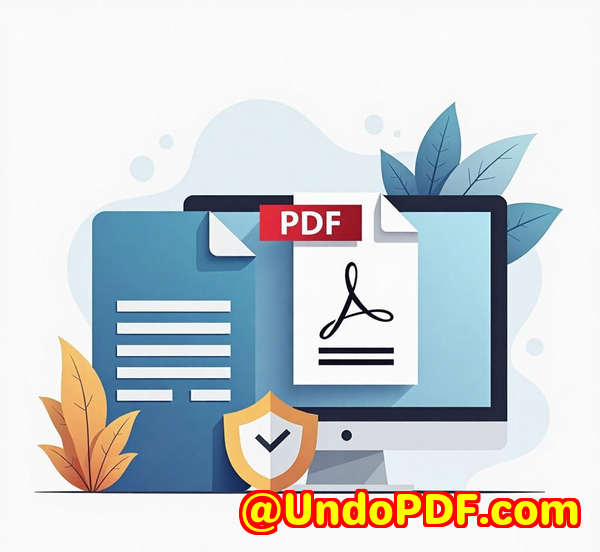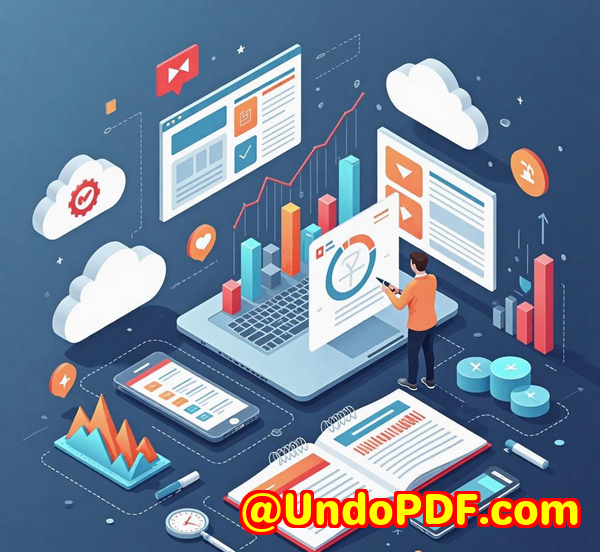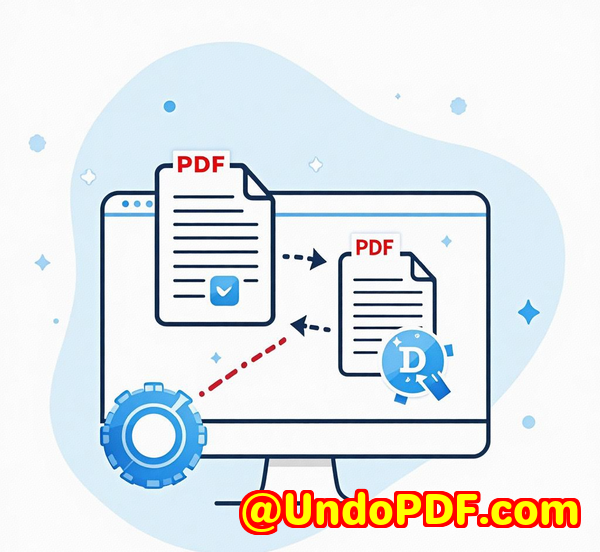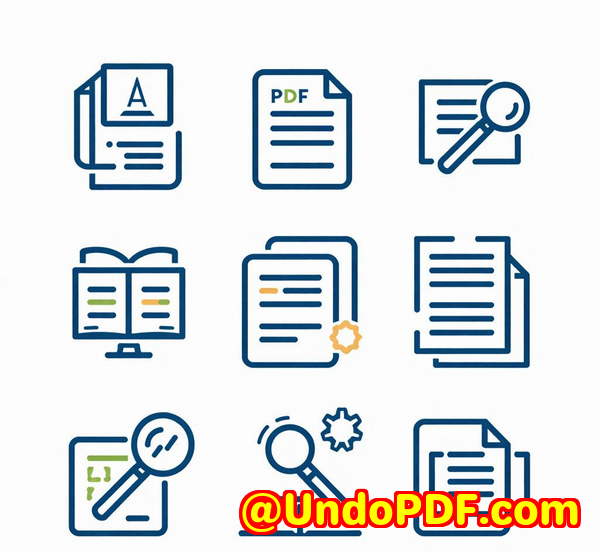Integrate PDF overlay into server-side processing for automated form generation
Integrate PDF overlay into server-side processing for automated form generation
Meta Description
Build faster workflows with automated PDF overlays. Add headers, watermarks, or templates to PDFs in secondsno cloud dependency required.

Every Monday, I used to manually prep a hundred invoices.
Drag one in, stamp the header, overlay the terms page, watermark it, then export. Multiply that by 100 and you’ve got the definition of soul-sucking work.
At one point, I remember thinking: “There has to be a way to automate this.”
Spoiler: there is.
I stumbled on VeryPDF PDF Overlay Command Line and SDK, and I haven’t looked back since.
Let me break it down for you.
The Problem: Too Many PDFs, Not Enough Automation
You know how it goes. You’ve got a system spitting out plain PDFsmaybe receipts, reports, or contracts. And then someone says, “Can we add our logo? And the watermark? And don’t forget the terms page at the end.”
Manual work kills momentum.
Even worse, you try patching it with random tools. Maybe you cobble something together in Python with a PDF library. Then it breaks with complex layouts or chokes on fonts.
You need something better. Something production-ready.
The Solution I Found: VeryPDF PDF Overlay Command Line and SDK
This tool is lean, fast, and built for developers who don’t have time to waste.
You don’t need internet access. You don’t need third-party APIs.
It runs fully offline. Windows? Linux? Dockerised setup? You’re covered.
You can use it via command-line or integrate it through the SDK interface.
No fluff. Just raw power.
Here’s what stood out for me.
Why I Chose VeryPDF PDF Overlay SDK Over Everything Else
1. It’s Fully Offline
I’m not sending confidential financial reports to the cloud just to add a background image. With this SDK, all processing happens inside your environment. No leaks. No latency.
Great for:
-
Banks
-
Legal firms
-
Government environments
2. Print-Ready Quality
Ever tried overlaying a form template and the fonts look weird after?
This SDK preserves:
-
Fonts
-
Vector graphics
-
High-res images
I’ve run overlays on documents with heavy branding and the result is always crisp. Clean enough for press-quality printing.
3. Command Line + SDK Integration
I’m a developer. Sometimes I want to script something fast in Bash.
Other times, I need to embed PDF overlay into a C# backend.
This tool handles both:
-
Command line for quick scripts
-
SDK for deep integration
You get full control either way.
My Real-World Use Case: Automating Financial Statement Packaging
Our finance team needed to send monthly PDF reports to clients.
Each PDF had to include:
-
A letterhead
-
A confidential watermark
-
A compliance footer
-
A terms page
Here’s what I did with the SDK:
-
Created an overlay PDF with header/footer design
-
Wrote a Bash script using the command-line tool
-
Ran batch processing on 400+ reports in under 4 minutes
No crashes. No formatting issues. No complaints.
Compared to the hacky Python script we used before, it was night and day.
Who Should Be Using This SDK?
If you fall into any of these buckets, this tool is for you:
-
Enterprise developers building print-ready document systems
-
SaaS platforms that need to stamp outgoing PDFs
-
Publishing teams managing customer-submitted documents
-
Schools and universities who need watermarked handouts
-
Law firms adding disclosure statements to bundles
Basically, if your workflow includes automating the enhancement of PDFs, you’ll benefit.
Key Features That Make a Difference
Let me rattle off the highlights in plain English:
-
Overlay one PDF onto another add backgrounds, stamps, or form templates
-
Custom coordinate placement control exactly where overlays go
-
Multi-page support overlay different pages on different parts of the doc
-
Batch processing run through thousands of PDFs in one go
-
Conditional overlays add or skip overlays based on doc content
-
Cross-platform support Windows, Linux, even Docker containers
It doesn’t choke on big jobs.
It doesn’t complain about fonts.
It just works.
What You Get When You Buy It
-
Executable and DLLs (Windows) or SO files (Linux)
-
Sample code for languages like Python, PHP, Java, and C#
-
Scripts that show you exactly how to integrate it
-
One year of tech support
You only pay once.
No per-document fees. No API call limits.
Royalty-free.
Where This Shines: Use Cases That Just Work
Enterprise Portals
Stamp headers/footers onto outbound invoices, statements, contracts. Automatically.
Print Houses
Overlay customer-submitted PDFs with high-res templates for branding.
Education
Add “Sample” or “Draft” watermarks on test papers. No editing required.
Legal & Finance
Dynamically add disclaimers, approval stamps, or archival tags.
You can get creative too.
We once used it to mark internal design documents with versioning labels before distribution. Saved us from confusing five “Final-Final-V2.pdf” versions.
How I Integrated It in 20 Minutes
I used Ubuntu and a Node.js app.
-
Dropped the SDK binaries into my app folder
-
Wrote a wrapper function that triggers the CLI overlay command
-
Passed in:
-
Base PDF
-
Overlay PDF
-
Output path
-
Boom. Done.
No dependencies. No babysitting.
Even wrote a cron job to run it every night. Clean and automatic.
Things You Might Wonder
Do I need internet access to run this?
Nope. It’s a fully offline SDK. Ideal for secure or air-gapped environments.
Can I use it in Docker containers?
Yes. I’ve personally containerised it on Alpine and Debian images.
Does it work with dynamic data?
Absolutely. You can merge overlays based on conditions or input logic.
Is it limited to static templates?
Nope. You can rotate overlays, position them dynamically, and apply logic for variable data printing.
Is there a royalty or subscription fee?
No. Pay once and you’re done. Use it as much as you want.
My Verdict
If you’re dealing with high volumes of PDFs and want total control over how they look, this SDK is a game changer.
No waiting on cloud APIs.
No praying your fonts render correctly.
No fiddling with half-baked libraries.
I’d recommend VeryPDF PDF Overlay SDK to any developer automating PDF workflows.
Especially if your business lives and dies by document quality and branding.
Start using it here: https://www.verypdf.com/
Custom Development Services by VeryPDF
Got a specific workflow or integration need?
VeryPDF offers custom development across Windows, Linux, macOS, and cloud.
Whether you’re working with:
-
Python, PHP, C#, C++, JavaScript, or .NET
-
PDF, PCL, Postscript, EMF, TIFF, or Office formats
-
Virtual printers or system-wide hook layers
They’ve probably already built itor can build it for you.
From barcode recognition to secure PDF stamping, digital signature workflows, OCR, font embedding, and document management toolsVeryPDF has a wide range of enterprise-grade solutions ready to deploy or customise.
Reach out here: https://support.verypdf.com/
FAQs
Q: What’s the difference between overlay and merge?
Overlay places one page on top of another. Merge adds pages sequentially.
Q: Can I overlay only specific pages?
Yes. You can target specific page numbers or ranges using scripting.
Q: Will my fonts be preserved?
Yes. Fonts, vector images, and layout are preserved exactly.
Q: Can I batch process thousands of documents?
Absolutely. This is one of its strong pointsfast, reliable batch handling.
Q: Does it support multiple platforms?
YesWindows, Linux, and even containerised environments like Docker.
Tags
PDF overlay automation
batch PDF processing
dynamic form generation
server-side PDF tools
VeryPDF SDK integration



